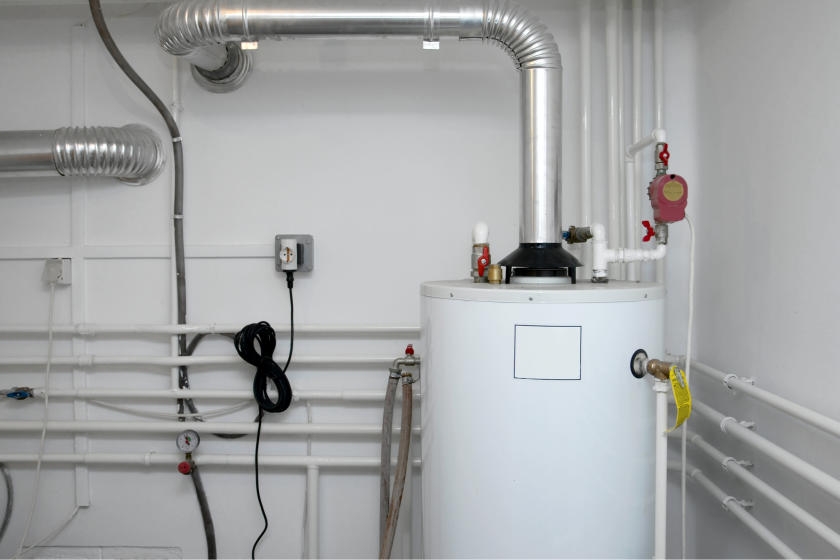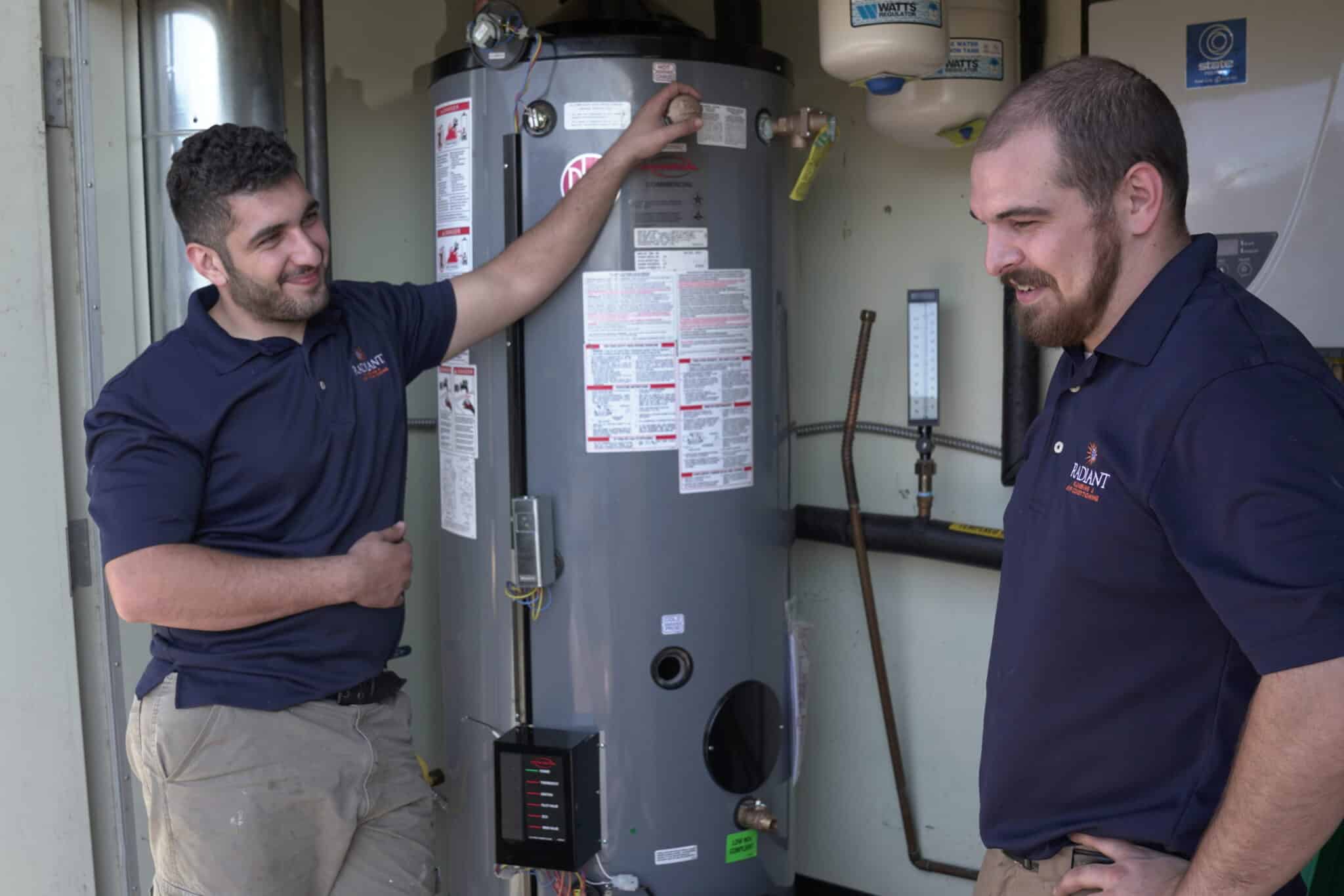Top Ways to Maintain Your Home's Hot Water System Successfully
Top Ways to Maintain Your Home's Hot Water System Successfully
Blog Article
We've discovered this post involving Tips on Maintaining a Water Heater below on the net and concluded it made good sense to discuss it with you in this article.

Warm water is necessary for everyday comfort, whether it's for a revitalizing shower or cleaning meals. To ensure your hot water system runs efficiently and lasts longer, routine maintenance is key. This post supplies functional ideas and insights on exactly how to maintain your home's warm water system to avoid interruptions and expensive repairs.
Intro
Keeping your home's warm water system might appear overwhelming, but with a few basic steps, you can ensure it runs smoothly for years ahead. This guide covers every little thing from comprehending your warm water system to do it yourself upkeep ideas and knowing when to hire expert help.
Value of Preserving Your Warm Water System
Regular upkeep not only extends the life expectancy of your warm water system however also ensures it runs efficiently. Ignoring maintenance can cause lowered efficiency, higher power costs, and also early failing of the system.
Indications Your Hot Water System Needs Upkeep
Knowing when your warm water system requires attention can avoid significant problems. Keep an eye out for indicators such as irregular water temperature level, unusual sounds from the heating unit, or corroded water.
Understanding Your Warm Water System
Before diving into upkeep tasks, it's practical to comprehend the basic parts of your warm water system. Typically, this includes the water heater itself, pipes, anode rods, and temperature controls.
Month-to-month Maintenance Tasks
Normal monthly checks can assist catch minor problems before they rise.
Purging the Water Heater
Flushing your hot water heater gets rid of sediment accumulation, improving effectiveness and lengthening its life.
Monitoring and Changing Anode Rods
Anode poles prevent rust inside the storage tank. Inspecting and changing them when worn is essential.
Checking and Adjusting Temperature Settings
Changing the temperature level settings ensures optimal performance and security.
DIY Tips for Maintenance
You can do numerous maintenance jobs on your own to keep your warm water system in top problem.
Looking for Leakages
Frequently check pipes and connections for leaks, as these can lead to water damage and higher bills.
Evaluating Pressure Alleviation Valves
Examining the stress relief valve ensures it functions properly and stops too much pressure build-up.
Shielding Pipelines
Shielding warm water pipelines lowers warmth loss and can save power.
When to Call an Expert
While DIY maintenance is useful, some problems require expert competence.
Complex Issues Calling For Professional Assistance
Instances consist of significant leakages, electrical problems, or if your hot water heater is continually underperforming.
Routine Expert Maintenance Advantages
Specialist maintenance can consist of extensive evaluations, tune-ups, and ensuring conformity with safety criteria.
Verdict
Normal maintenance of your home's hot water system is necessary for effectiveness, long life, and price savings. By following these tips and understanding when to seek specialist help, you can guarantee a dependable supply of hot water without unanticipated disturbances.
How to Maintain an Instant Hot Water Heater
Before tinkering with your hot water heater, make sure that it’s not powered on. You also have to turn off the main circuit breaker and shut off the main gas line to prevent accidents. Also turn off the water valves connected to your unit to prevent water from flowing into and out of the appliance. 2. When you’re done, you have to detach the purge valves’ caps. These look like the letter “T†and are situated on either side of the water valves. Doing so will release any pressure that has accumulated inside the valves while at the same time avoid hot water from shooting out and burning your skin. 3. When the purge valves’ caps are removed, you have to connect your hosing lines to the valves. Your unit should have come with three hoses but if it didn’t, you can purchase these things from any hardware or home repair shops. You can also get them from retail stores that sell water heating systems. Read the user’s manual and follow it to complete this task properly. When the hosing lines are connected, open the purge port’s valves. 4. You should never use harsh chemical cleaners or solutions when cleaning your unit. Make use of white vinegar instead. It should be undiluted and you’ll probably use about 2 gallons. 5. Now flush your water heater. This task should probably take about 40 minutes. We can’t give you specific directions for this because the procedure is carried out depending on the type, model and brand of your heater. With that being said, refer to the user’s manual. 6. When you’re done draining the unit, you have to turn off the purge port valves again. Remove the hosing lines that you earlier installed on each of the water valves. Put the valve caps (purge port) back in their respective places and be very careful so as not to damage the rubber discs that are found inside these caps. 7. Now that everything’s back in place, check your user’s manual again to find out how to reactivate your water heating system. 8. Once it is working, turn one of your hot water faucets on just to let air pass through the heater’s water supply pipes. Leave the tap on until water flows smoothly out of it. https://www.orrplumbing.com/blog/2014/september/how-to-maintain-an-instant-hot-water-heater/

As a keen person who reads on What Kind of Maintenance Do Water Heaters Need?, I think sharing that piece of content was sensible. If you enjoyed our post please do not forget to pass it around. We treasure reading our article about Tips on Maintaining a Water Heater.
Book An Estimate Now Report this page